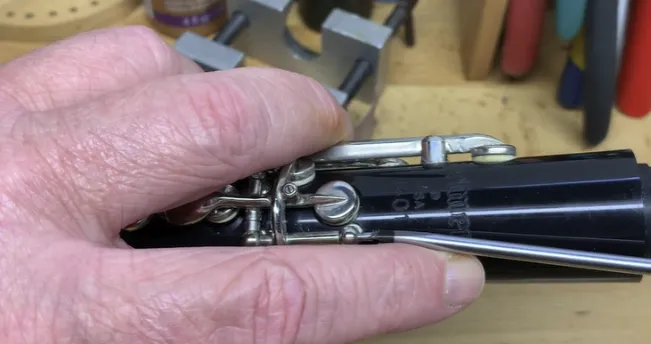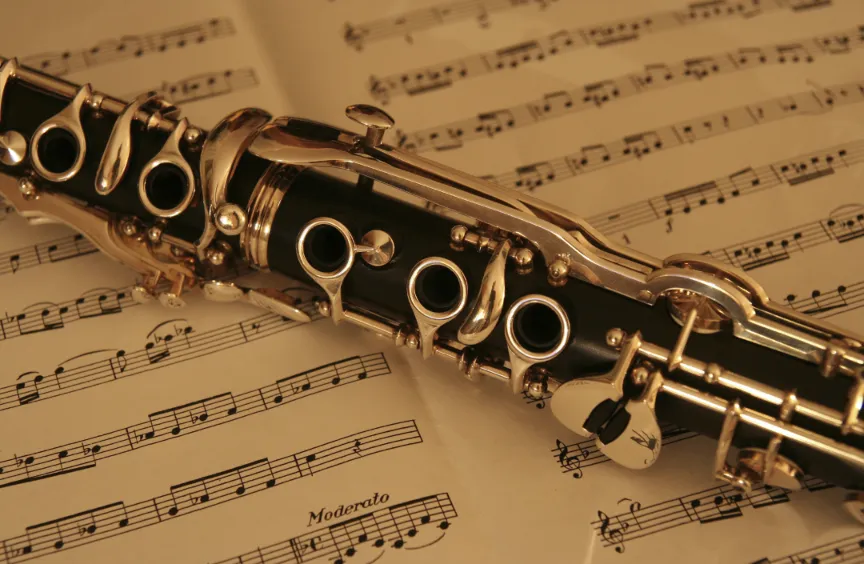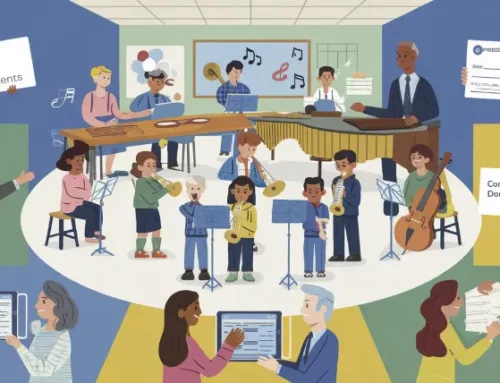This blog is generated from material covered in the PM professional development session: “DIY Instrumental Repair Hacks” presented by Randy Beardon
As a music educator, mastering clarinet troubleshooting tips is crucial for maintaining a harmonious ensemble. This comprehensive guide explores essential techniques every music teacher should know to keep their clarinet section performing at its best. By understanding these strategies, you’ll be equipped to handle common issues and prevent future problems, ensuring your students’ musical journey remains uninterrupted.
Understanding Clarinet Anatomy: The Foundation of Troubleshooting
Before diving into specific clarinet troubleshooting tips, it’s essential to appreciate the intricate design of these woodwind instruments. A clarinet consists of five main parts:
1. Mouthpiece
2. Barrel
3. Upper joint
4. Lower joint
5. Bell
Each component plays a vital role in the instrument’s performance, and even minor issues can significantly affect overall sound quality.
Top 5 Common Clarinet Issues and Their Causes
Identifying the problem is half the battle in clarinet troubleshooting. Here are the most frequent issues clarinets face:
1. Difficulty assembling the instrument
2. Lower register notes not playing
3. Squeaking or unwanted high-pitched sounds
4. Keys feeling loose or not responding properly
5. Air leaks between joints
Understanding these issues will help you quickly diagnose and address problems in your classroom.
Quick Fixes: Clarinet Troubleshooting Tips for Everyday Problems
Let’s explore some practical solutions that you can implement immediately:
1. **Greasing Cork Joints**: If students struggle to assemble their clarinets, apply cork grease regularly to prevent dryness.

2. **Adjusting the Bridge Mechanism**: For lower register note issues, follow these steps:
– Remove the key covering the bridge (if necessary)
– Use smooth pliers to gently adjust the bridge key
– Test by reassembling and playing lower register notes

3. **Checking and Replacing Pads**: Inspect pads regularly and replace when worn to prevent squeaking and air leaks.

4. **Realigning Springs and Rods**: Use a spring hook to reposition springs and tighten loose rods for better key response.

Preventative Maintenance: Keeping Clarinets in Top Shape
Implement these preventative maintenance practices in your classroom:
– Teach proper assembly and disassembly techniques
– Encourage regular swabbing after each use
– Conduct regular inspections for wear or damage
– Schedule annual professional maintenance
Essential Tools for Clarinet Care
Equip your classroom with these tools for effective troubleshooting and maintenance:
1. Cork grease (multiple tubes)
2. Smooth pliers
3. Spring hook
4. Pad replacement kit
5. Screwdriver set
6. Swabs and cleaning cloths
Creating a Clarinet Maintenance Schedule
Develop a routine maintenance schedule for optimal instrument care:
– Weekly: Basic cleaning and lubrication
– Monthly: Thorough inspection of pads, springs, and corks
– Quarterly: Minor repairs and adjustments
– Annually: Professional servicing
By implementing these clarinet troubleshooting tips and maintenance practices, you’ll extend the life of your classroom instruments and ensure students have the best tools for their musical journey.
Enhancing Your Clarinet Education Resources
To further support your clarinet troubleshooting efforts, consider exploring comprehensive online resources. Practicing Musician, for example, offers free, high-quality online music education for various instruments, including the clarinet. Their platform provides:
– Video tutorials on instrument care
– Detailed playing techniques
– Sheet music and assignments
These resources can complement your in-class instruction and provide students with additional support for mastering clarinet maintenance and performance techniques.
Take Action: Implement Your Clarinet Troubleshooting Plan
Ready to elevate your clarinet section’s performance? Follow these steps:
1. Conduct a thorough inspection of all classroom clarinets
2. Create a maintenance schedule and post it visibly in your music room
3. Assemble a “Clarinet Care Kit” with all necessary tools
4. Schedule a clarinet care workshop for your students
5. Explore online resources like Practicing Musician to supplement your instruction
By mastering these clarinet troubleshooting tips and maintenance techniques, you’re not just maintaining instruments – you’re preserving the joy of music-making for your students. Remember, a well-maintained clarinet is the foundation of a great musical experience, setting your students up for success and fostering a lifelong appreciation for the art of music.







Leave A Comment
You must be logged in to post a comment.